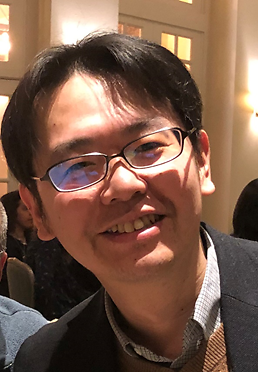[Seminar] Dr. Junichi Ikenouchi "How are tight junctions different from other cell adhesion structures?"

Date
Location
Description
[Title]
[Abstract]
Our laboratory has been studying tight junctions, one of the cell adhesion structures of epithelial cells. Tight junctions restrict the free diffusion of small substances such as ions through the intercellular space by tightly binding epithelial cells to each other. In the epithelial cells of the skin and gastrointestinal tract, tight junctions act as a barrier against the entry of various pathogens and antigens from outside the body.
Tight junctions are formed by the polymerization of the four-transmembrane protein Claudin, which encircle the tight junction plasma membrane. The scaffolding protein ZO protein binds to Claudin, which in turn binds to the actin cytoskeleton. This "cell adhesion molecule - scaffolding protein - cytoskeleton" scheme is common to cell adhesions across cell types, giving the impression that the mechanism of their formation can be explained by a unified organizing principle.
However, tight junctions differ significantly from other cell adhesion structures in some respects. In contrast to other adhesions that specialize in mechanical or chemical interactions, tight junctions must form an uninterrupted network around the cell to realize its role as a barrier. Most pressingly, the stereotyped polygonal geometry of epithelial cells inevitably give rise to contacts that encompass three cells, which creates a problem unique to tight junctions: how to seal the gap at the tricellular vertex given that cell adhesions are essentially bicellular attachments (Cho et al. J Cell Biol 2022). In addition, we have shown that tight junctions are highly sensitive to the reduction of cholesterol in the plasma membrane. Depletion of plasma membrane cholesterol by drugs severely compromises tight junction formation without altering other adhesion structures. We have been investigating the role of cholesterol in tight junction formation, assuming that the disproportionate dependence of tight junctions on cholesterol is closely related to the unique demands of tight junctions (Shigetomi et al. PNAS 2023).
In this seminar, I will introduce our recent findings on the molecular mechanisms that are particular to tight junctions.
Subscribe to the OIST Calendar: Right-click to download, then open in your calendar application.



